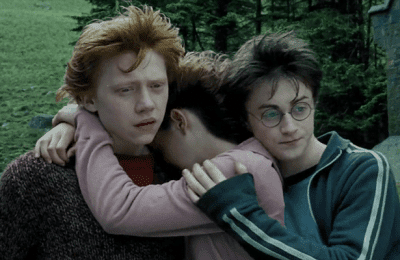Have the food shelves gone empty? Have the aisles started to witness fights? Why are the consumers in frenzy? Read on to find out the manner in which the massive COVID-19 outbreak has resulted in perpetuating the panic pattern in consumer’s habits.
Tension escalated all over the globe like wildfire as the Coronavirus scare spread and spared no one. People can be seen fighting over toilet papers and canned goods, much similar to the claims of vanishing the virus, the sanitisers itself seem to have vanished from the markets, masks are either not found or if so luckily are sold at high prices. The US, UK, Ireland, and Australia have launched ‘elderly hours’ which are exclusive shopping hours for oldies above 60 years of age to ease the purchase of supplies amidst the upper bracket age factor vulnerability which makes it harder for them to shop.If economics kids wanted real life examples for their demand and supply chapter all they have to do is see around the action- reaction chain over the global pandemic.
It’s understandable in one way if there is an uprise in demand of sanitisers and masks which are related to hygiene to help prevent from the virus, but hoarding of non-durables like milk and vegetables or toilet paper rolls or extra amount of pastas purely directs towards panic buying which is referred to as coping mechanism in times of crisis where people start stocking up supplies in fear of expected shortage in future.
How much of the fear is rational?While consumers have increased demand there has been a rein on global exports. India has limited its exports of drug ingredients of medication like acetaminophen which is a common pain killer used for flu related symptoms, Germany banned the export of protective equipment like masks, gloves and sanitisers used by healthcare professionals. India, Germany, France, Czech Republic, Turkey and Russia have exercised trade restrictions. This has an effect on supply chains of domestic countries as no country is self sufficient in producing all goods and services, thereby appropriating some fear.
One deadly consumption at such times is that of fake news. It helps in escalating unnecessary panic buying and tension which leads to failure of administration to give undivided attention to the pandemic. Some messages which were circulated said- ibuprofen if consumed can prove to be dangerous, In India use of turmeric, Tusli and other herbs alongside cow piss was recommended in WhatsApp universities. False hype or danger accredited to certain goods hamper the health of individuals and the demand of those goods.
It’s advised to exercise extreme caution while coming across any guidelines. Trust only reliable resources, fact check and if unsure and don’t share unverified messages.
Prime Minister Narendra Modi in his Janta Curfew speech mentioned to not worry over supplies. People should not succumb to erratic behaviors of shopping. Crisis of shortage which arose in some countries were the ones where the impact of the virus was at its peak. Countries which are experiencing initial stages are at lower risks of shortages. In his very recent address for a 21 day nationwide lock down, PM Modi has also assured that e-commerce services for delivery of essential goods like food, ration, and medical supplies is functional.Please don’t indulge in panic and spread no panic. Wash your hands, avoid touching your face, sneeze using tissue, if not found at the moment then use your sleeve while forming a V with your arm.
Stay Alert, Don’t Panic!
Feature Image Credits: Hindustan Times
Umaima Khanam







